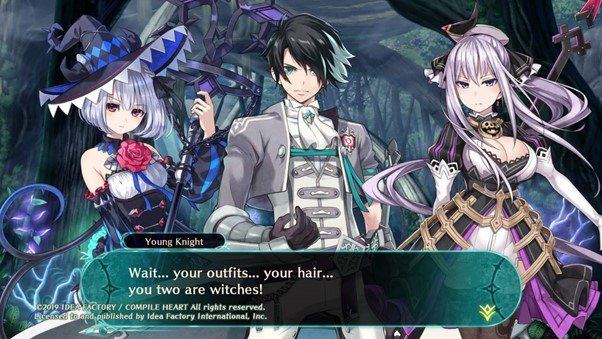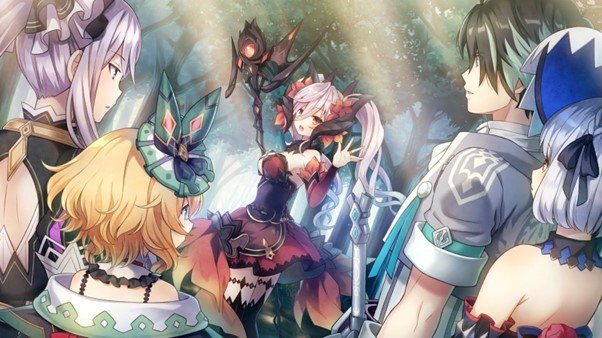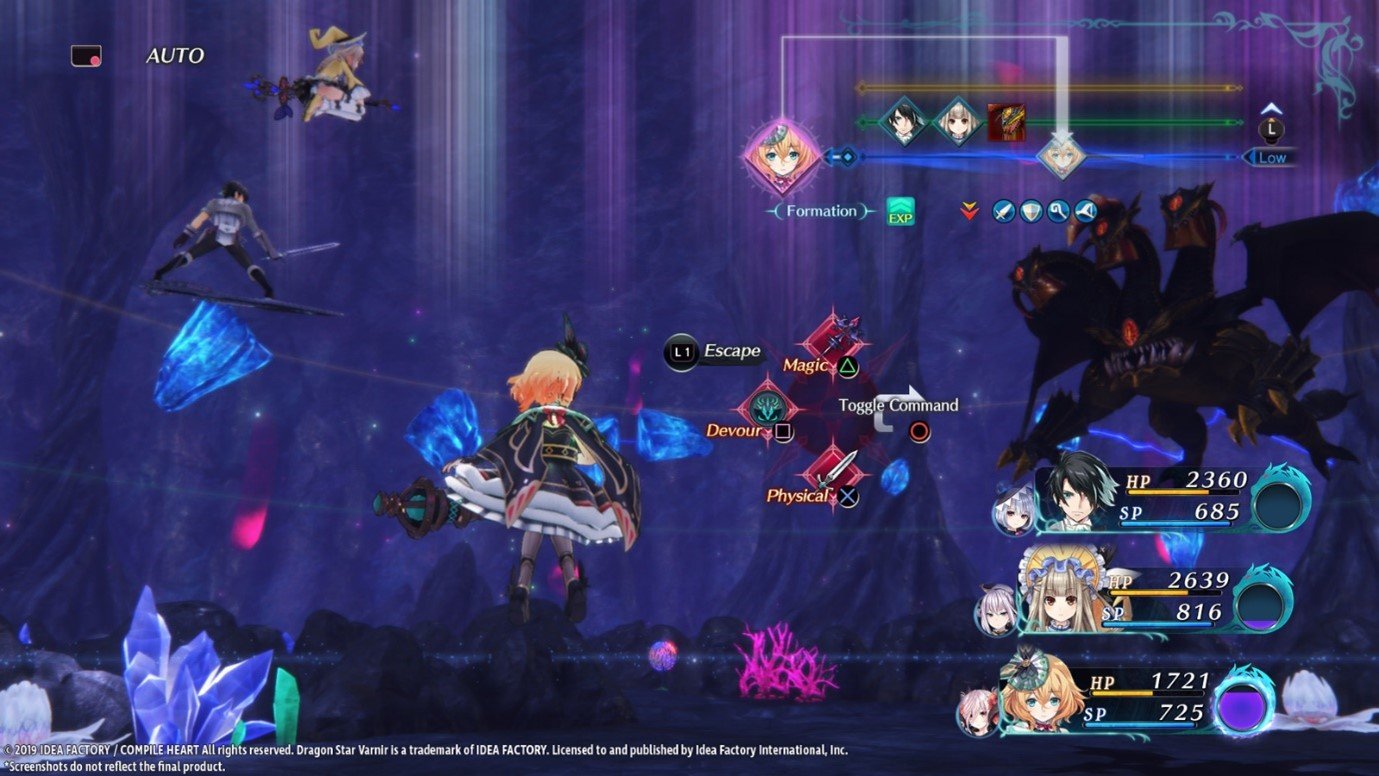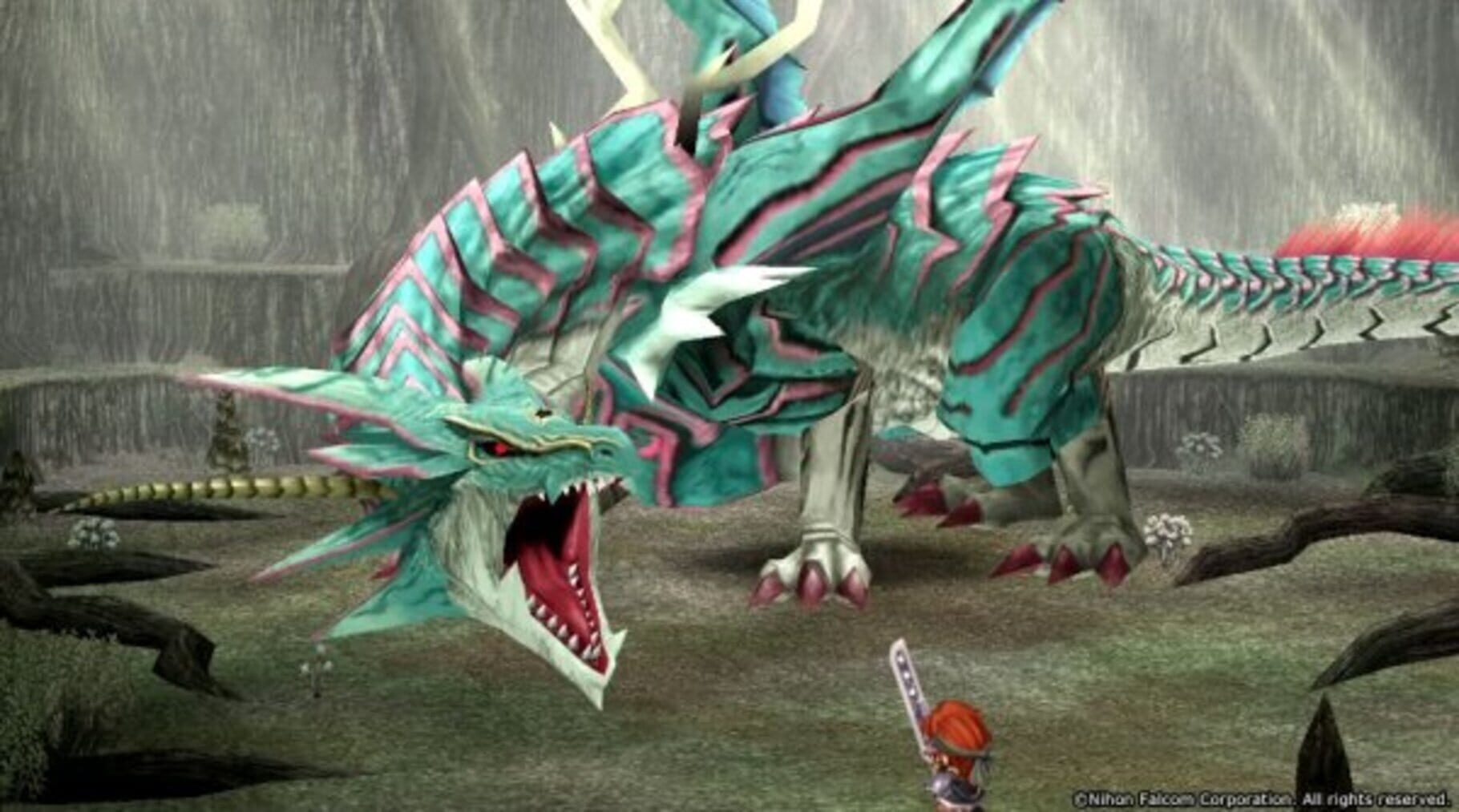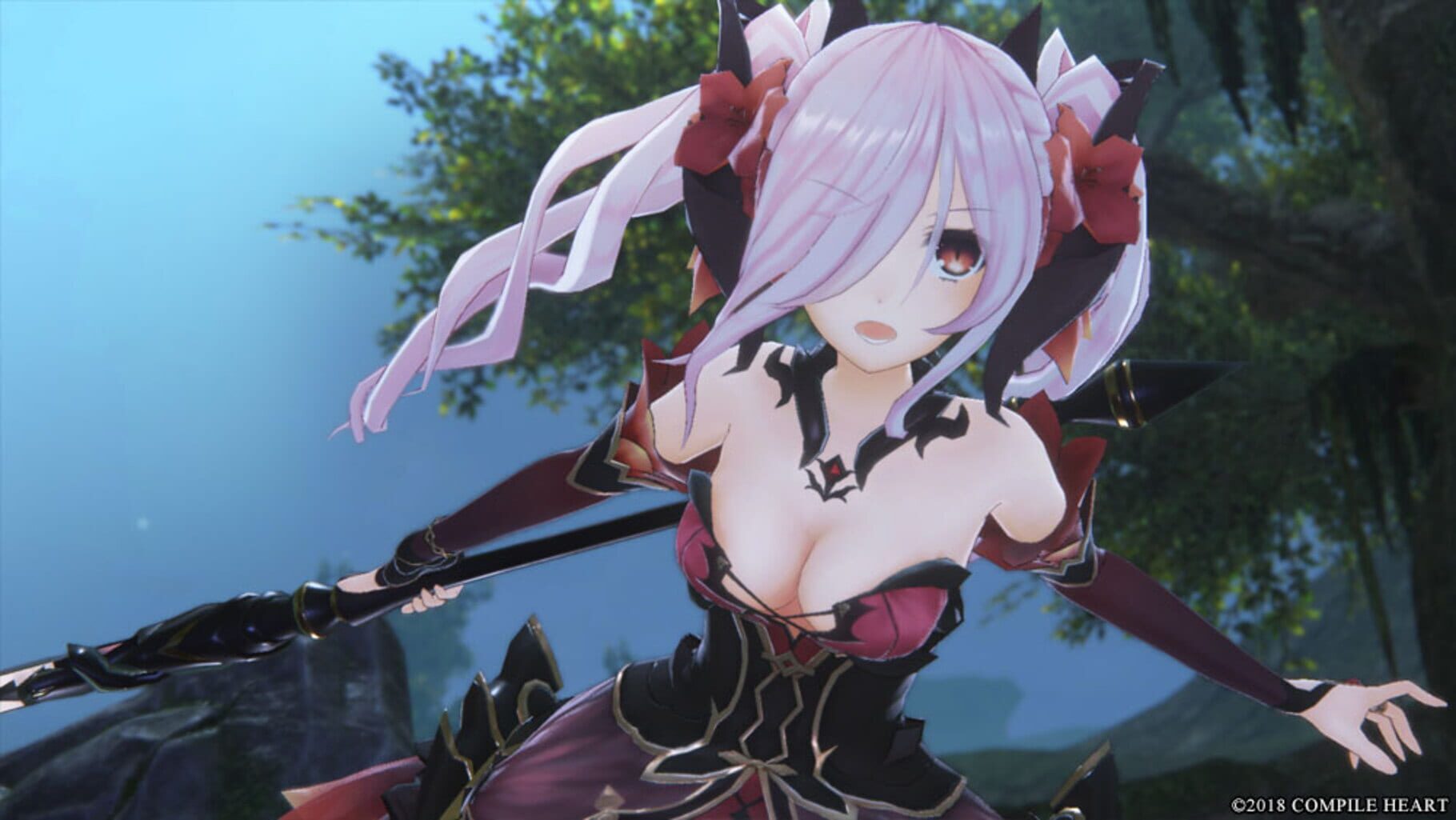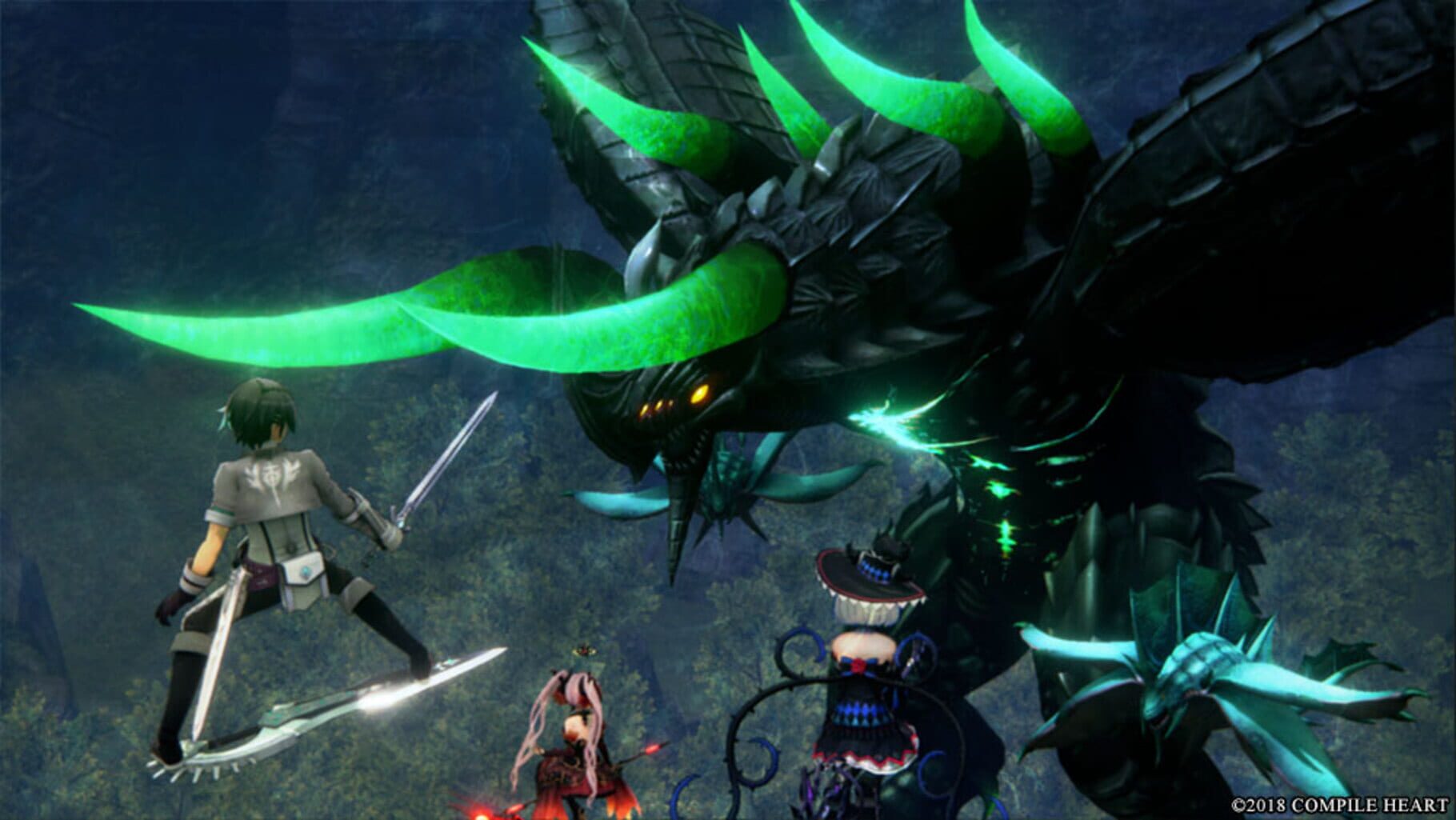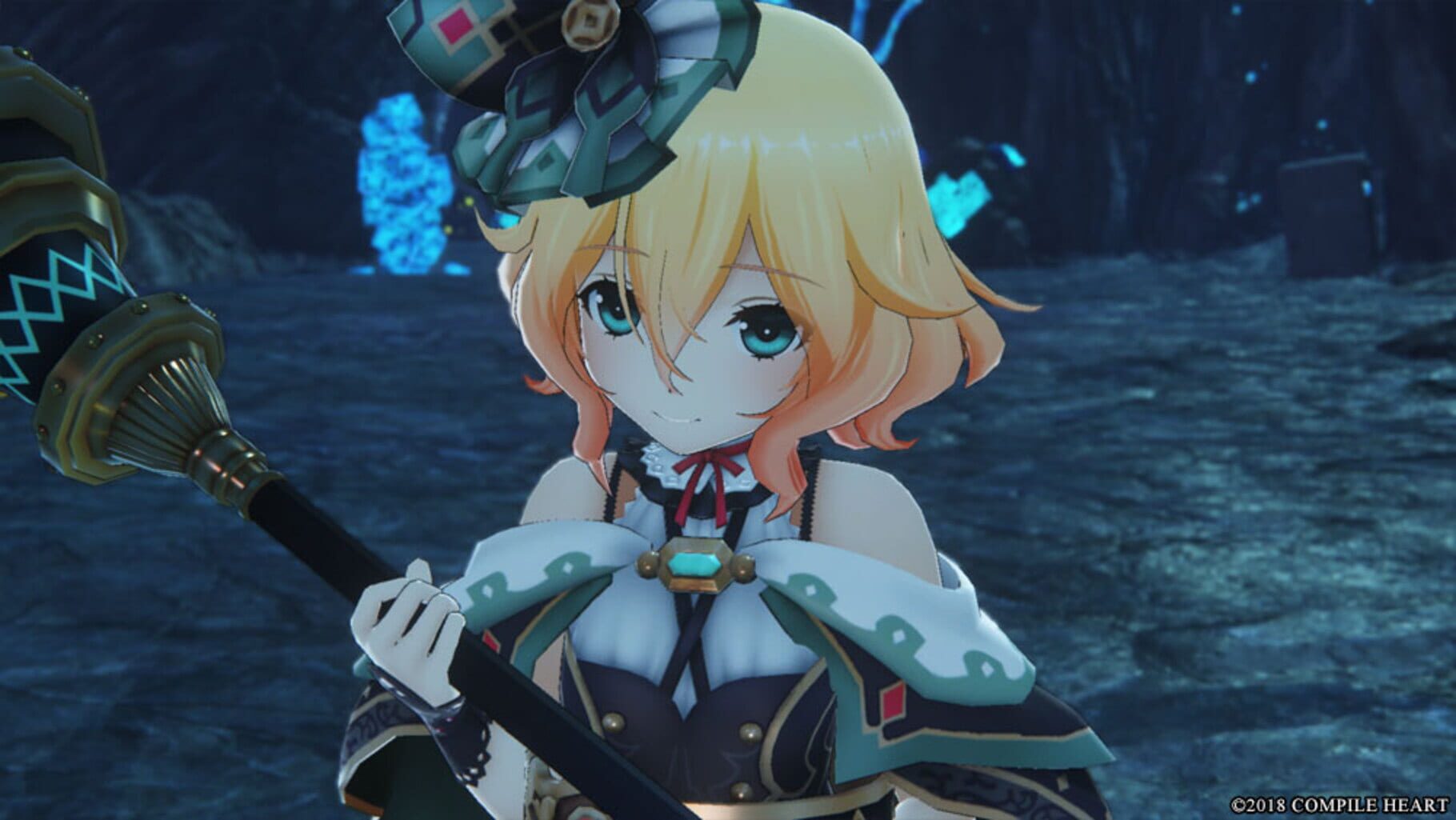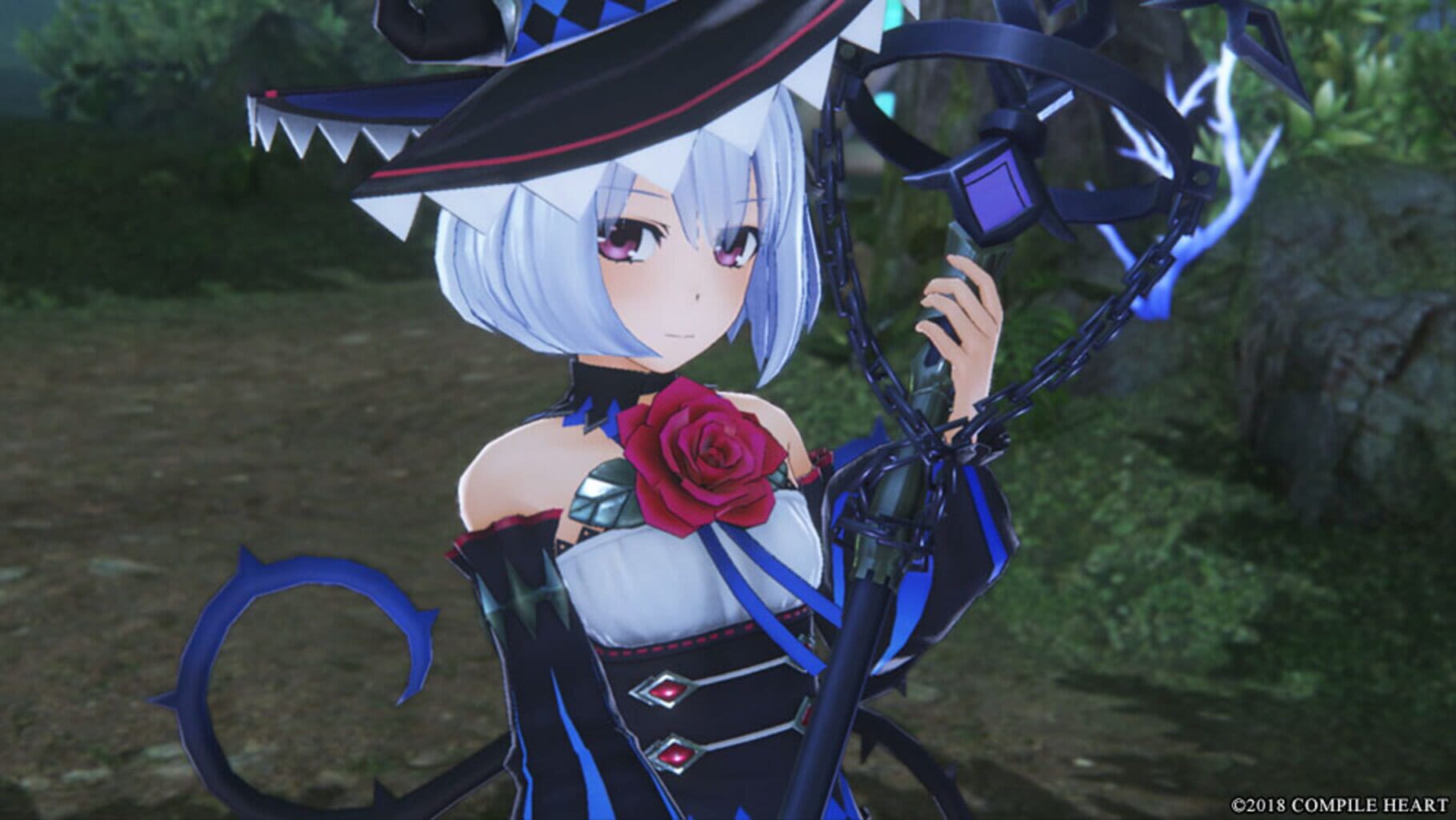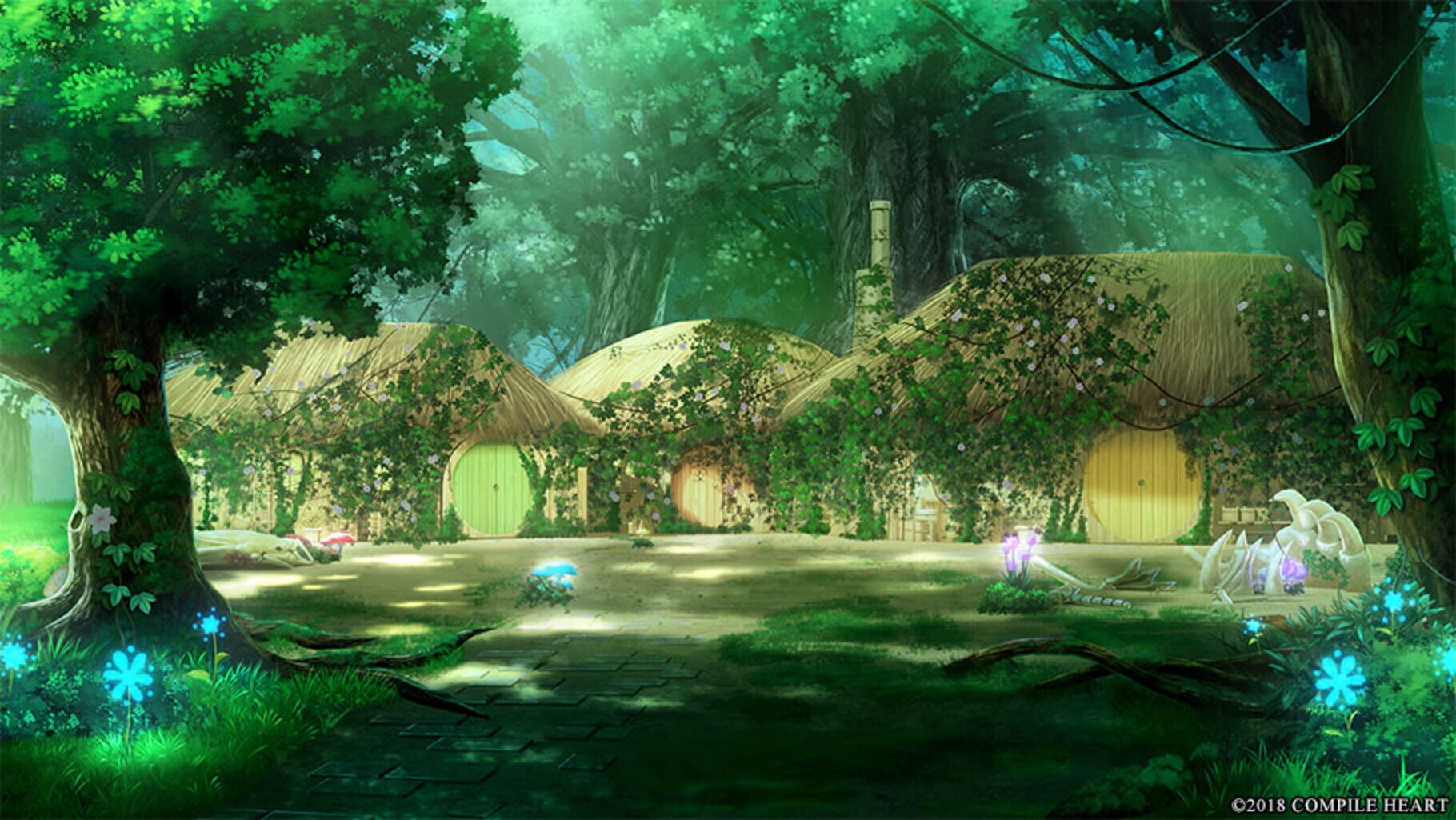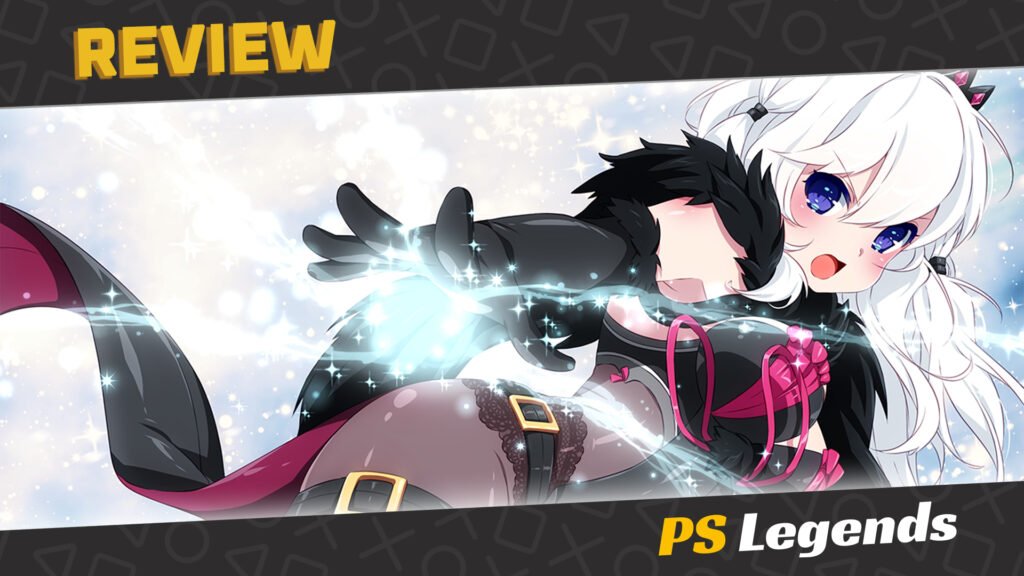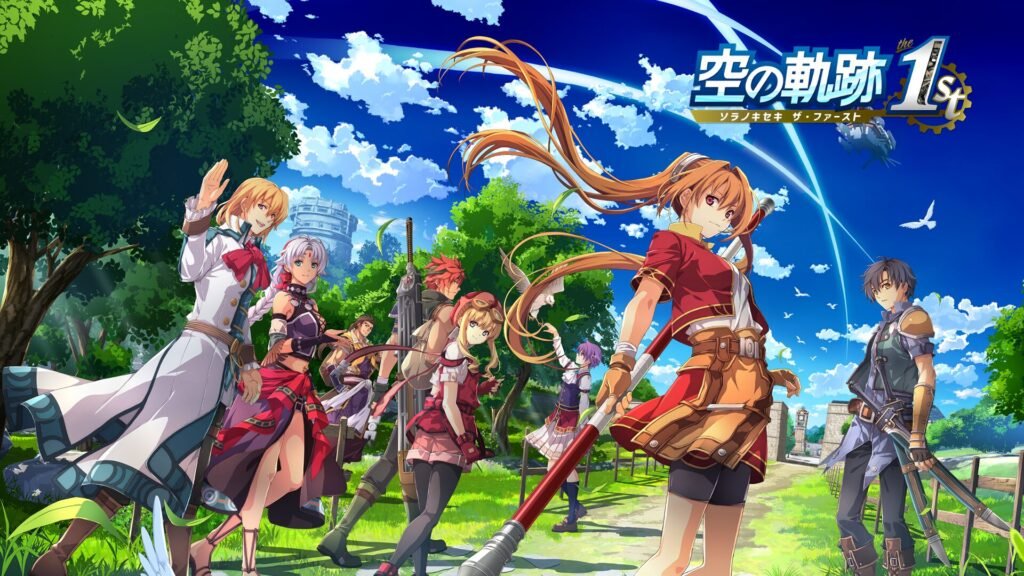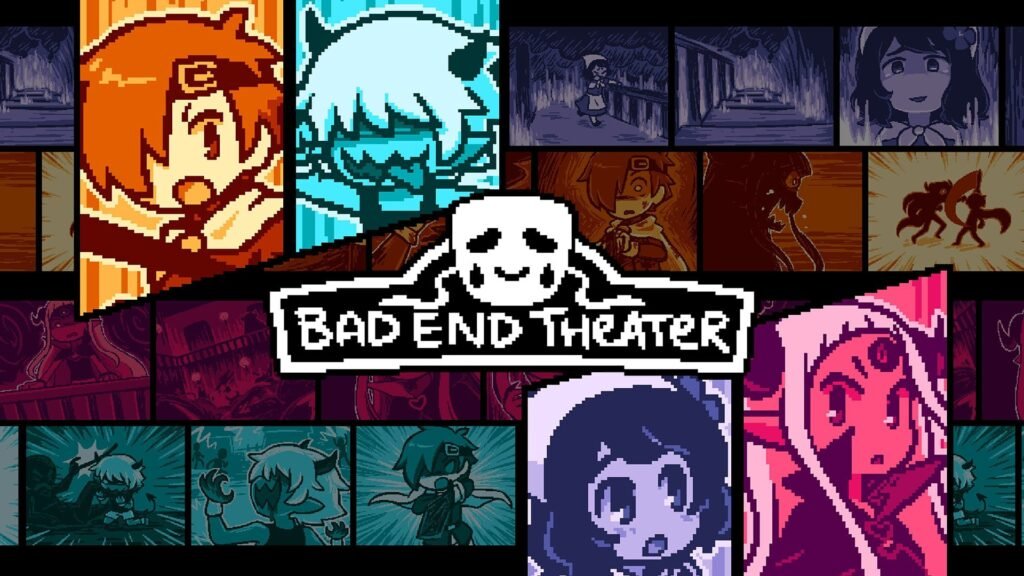It’s always a pleasure to discover a game that does things a little differently from the norm and becomes something of an inspiration because of it. Back in the middle of the PS4 lifecycle, Compile Heart’s Neptunia series entered something of an unfortunate decline, leaving an opening for new ideas for JRPGs to make their potential marks. Death end re;Quest, which was released around the same time as Dragon Star Varnir, may have received greater fanfare and a sequel, though I’m not so sure that decision was justified.
On This Page
Introduction
Dragon Star Varnir, sometimes stylised as Dragon Star VARNIR, is a Japanese role-playing game developed by Compile Heart and published by Idea Factory. It was released for the PlayStation 4 worldwide in June 2019. With a colourful cast of playable characters, awesome multi-level aerial broomstick combat, the ability to devour enemies to gain new skills, and an intimate player-controlled love story growing behind the main storyline, Dragon Star Varnir is a force to be reckoned with.
Story
Our protagonist is Zephy, a member of the Knights of Requiem, an order which hunts witches and dragons. Witches and dragons are two sides of the same coin; one cannot exist without the other. Witches are born carrying the embryo of a dragon, which grants them their powers but comes with a tragic price.
If the witch fails to eat the meat of other dragons, then insanity and permanent transformation into a dragon will follow, whereas eating too much dragon meat causes the dragon to be born, killing the mother witch in the process. Constant routine and balance are required to live another day.
Zephy starts the game with a hatred for witches after losing friends and family members to dragon attacks, but after a dragon almost kills him too, a group of witches save him using dragon blood which awakens latent powers within him, resulting in Zephy becoming the first male witch. Now hunted by the knights he once swore to serve, Zephy joins the coven of witches, learning their plight and slowly integrating into their family.

Gameplay
The game is split into chapters, with each containing a dungeon. When the boss of that dungeon is defeated, the next chapter begins. The player can spend time at the Witches’ Den between each dungeon. This safe haven contains a shop, a place to obtain side quests, and a workshop for making various elixirs.
Zephy can pay a visit to the other playable characters and give them gifts to raise affinity, with these events providing a lot of the backstory for the witches. Zephy’s companions are a diverse bunch, yet all beautiful young ladies. We have the friendly water witch Minessa, the tsundere dark witch Karikaro, the shy wind witch Laponette, the sultry fire witch Charlotta, and the inexperienced young earth witch Faria.
Zephy may also visit the three little sisters; younger non-combatant witches being looked after by their elders. Visiting them is crucial since keeping them alive is important for deciding the game’s ending. The longer the player stays in a dungeon, the hungrier the little sisters get.
If they are not properly fed to mitigate their madness meter, they go insane, run away and turn into a dragon that is then found as a hostile encounter in a dungeon. However, feeding a little sister too much will still result in a new dragon. The challenge of balancing this threat makes time management a factor to consider if you want to keep them all alive and/or unlock a specific ending.
Don’t worry; players are always given a grace period to feed the little sisters after a dungeon, which means you can stay in the newest dungeon and ensure you collect everything before moving on. Also factoring into the game’s ending options is the party’s madness scale, which goes up slightly after each defeat. The madness scale is affected more drastically when making the wrong choice of two dialogue options, which occur once per chapter.

The playable witches are endearing and fleshed out well, and gaining high affinity with each is helpful in really connecting with them, personality quirks and all. The route to each ending does not deviate from the main story but does affect the final push toward the finale. There are three endings in all: the madness ending, which is incredibly dark and depressing; the normal ending, which has the most cohesion to the rest of the game; and the true ending, which is the most positive considering all that happened before. I’d highly recommend sticking around for all three.
Regular encounters in Dragon Star Varnir are against various dragons, or at least that’s the idea. The enemy types you’ll face are more diverse than you might expect, with many being closer to demons than stereotypical dragons. It soon became clear why, since most enemies you’ll face are copy-pasted monsters from Neptunia, Fairy Fencer, and Omega Quintet. It’s lazy but fortunately forgivable when the combat itself is so compelling.
Players are set on a three-tiered aerial battlefield that allows for multiple possibilities for defensive positioning, such as avoiding group attacks by scattering. Three party members are active in combat, and each can be assigned a support member. During each turn, a party member can fly up or down or swap with their support character. Supports have a small chance to add to an extra attack or create a shield to negate an enemy attack.
Your offensive abilities include physical attacks, elemental magic spells, and ‘devour’ abilities. Devouring allows the character to learn new abilities from the core that is obtained. Devouring can be attempted at any time and instantly finishes off an enemy dragon with a small initial chance of success, which grows by whittling down their HP first.
Players will come across obstacles while exploring, but getting past these is a simple matter of using one of the characters’ dungeon skills. For example, Zephy can destroy magical barriers, while others can find hidden treasure chests or build bridges over gaps. It brings a bit more life and interaction to dungeons, which feel all too familiar to other Compile Heart JRPGs.

Graphics/Sound
The 3D cel-shaded engine will look familiar to Compile Heart enthusiasts, though you’ll find a lot less of Neptunia’s brightly lit outdoor environments and more of the dark caves and shadowy forests, though it’s not quite in the same league as Death end re;Quest in terms of overall darkness and ominous atmosphere, making the game something of a happy medium.
Each character has a dragon gauge, which, upon filling, causes a transformation sequence that is packed full of fan service, taking the already gorgeous girls and swapping their outfits with more revealing, draconian alternatives with a bit of exaggerated breast jiggling added too.
These transformations add an extra level of excellence to the already high quality of the animation and character models in general. Transformation is not just for show, as witches gain a powerful devour skill upgrade and a big boost to damage, as well as a ghostly glowing aura.
The music is also outstanding, with the haunting melodies and choir heightening the mood and building a tense, eerie atmosphere, which is thankfully softened by the adorably well-voiced characters, highlighting their humanity and vulnerabilities.
Replayability
New Game Plus is your lifeline of the gameplay strategy here. With multiple routes the story can take, five different love interests, and a degree of time management required, obviously, you can’t see everything in a single playthrough, but don’t worry, New Game Plus has your back.
Start the game again after getting your desired (or undesired) ending to restart the tale with all of your characters’ stats and levels intact, as well as all of your items and equipment. This means you can breeze through dungeons in minutes to get back to your desired plot points and skip any cutscenes you’ve already seen. With playthroughs now shortened from 30 hours to 30 minutes, you’ve no excuse to miss out on anything.
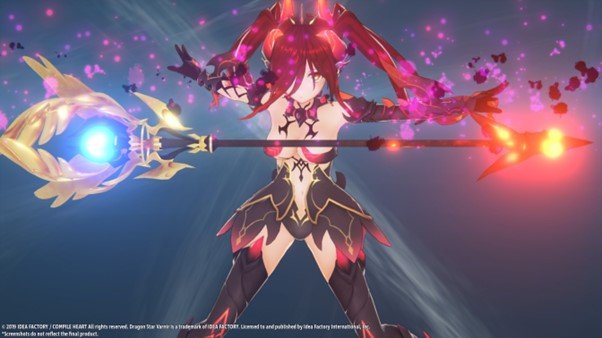
Conclusion
Dragon Star Varnir may appear a little familiar in its screenshots, but the ambition put into the aerial combat system raises the game above the rest while the charming characters and rewarding romance put the game in the top tier of its genre. There are moments when players will lose themselves in this heartwarming story of survival, which makes the game really stand out.
There’s a certain maturity in the writing that gives it a unique quality, and I’m not simply limiting this to the more harrowing elements of the life-or-death, day-to-day survival theme. Whichever girl you choose to romance will have to overcome emotional barriers to advance their relationship with Zephy, which may include confronting past traumas or present insecurities.
Should you choose to follow a relationship with Faria, for example, who is the youngest member of the group, then Zephy will ask her to wait until she’s a little older and more mature. I’m hesitant to describe her as ‘underage’ since it’s a terribly impersonal and culture-blind term, yet the option of love eventually blooming from this relationship when the time is right shows a thorough yet sensible style of storytelling.
It may stumble slightly with some recycled content, but I’d say Dragon Star Varnir scores a satisfying and well-deserved victory when that’s the only real issue you can pick on. With its somewhat enclosed story, it’s unlikely we’ll ever see a sequel, which makes Dragon Star Varnir tragically easy to overlook and all the more precious because of it. It’s definitely one to treasure, and a game that will stay with me for years as a genre re-definer, and one of my proudest platinum trophies.
Joys
- Beautiful witches!
- Simple interface and cool aerial combat
- Heartwarming story
Cons
- Some copy-pasted content
- Somewhat in the shadow of other games

